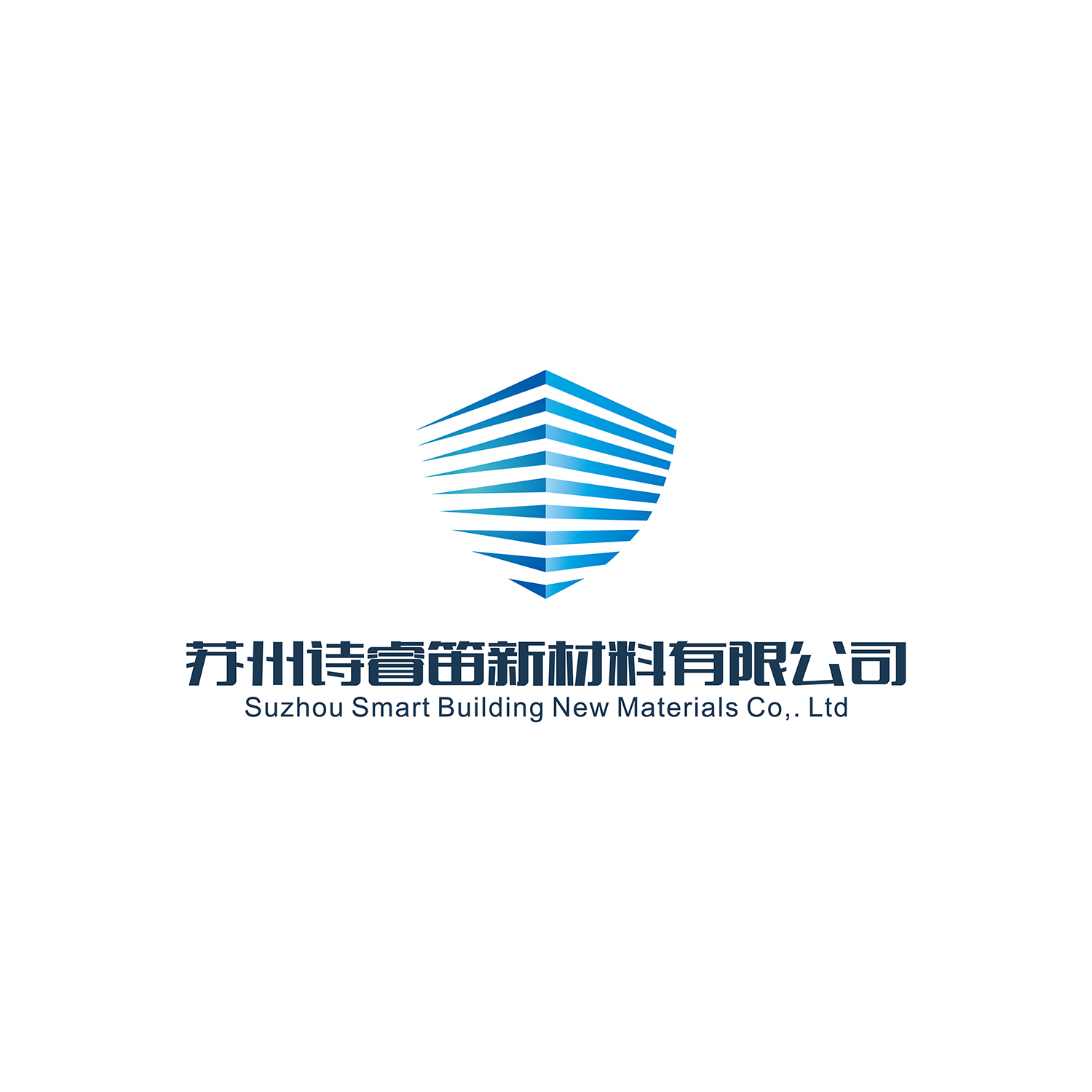Performance and characteristics of synthetic polymer waterproofing membrane
December 15, 2020
Synthetic polymer waterproofing membrane is based on synthetic rubber, synthetic resin or a blend of the two as the base material, adding appropriate chemical additives and fillers, and using rubber or plastic processing techniques such as smelting, extrusion or calendering. Made of a curlable sheet of waterproof material. Synthetic polymer waterproofing membrane is a new type of waterproof membrane material developed in recent years. It can be divided into two categories: fetus and non-fetal.
The determination of the specifications, appearance quality and physical and mechanical properties of synthetic polymer waterproofing membranes can be determined according to the provisions of national standard GB18173.1---2000. Sampling at the construction site should be based on
The site complies with the corresponding project quality acceptance standard
Quasi regulations.
Synthetic polymer waterproof membrane has the following features.
(1) Good homogeneity: Synthetic polymer waterproof membranes are all manufactured by the factory and the quality of the products can be controlled during production.
(2) High tensile strength: The tensile strength of synthetic polymer waterproofing membrane is all over 3MPa, and the highest tensile strength is up to 10MPa, which can meet the actual requirements of construction and application;
(3) High elongation at break: The breaking elongation of synthetic polymer waterproofing membranes is all above 100%, and some of them are up to about 500%, which can better adapt to the needs of telescoping or cracking deformation of waterproof foundations for construction projects. Waterproof quality
(4) high tear strength: the tear strength of synthetic polymer waterproofing membranes are all above 25kN/m;
(5) Good heat resistance: synthetic polymer waterproofing membranes do not flow and generate concentrated air bubbles at temperatures above 100°C.
(6) Good low-temperature flexibility: Generally below -20°C. For example, EPDM waterproofing membranes have a low temperature flexibility below -45°C. Therefore, the use of high-molecular waterproofing membranes at low temperatures can improve The durability of the waterproof layer enhances the adaptability of the waterproof layer;
(7) Strong corrosion resistance: The synthetic polymer waterproof membrane has strong ozone resistance, UV resistance, weather resistance and the like, and has good aging resistance and prolongs the waterproof and durable life;
(8) High construction technology requirements: Skilled workers are required to operate. It is difficult to completely bond with the base layer; lap joints are more likely to cause leakage problems due to poor adhesion of the joints, so it should be combined with the coating to enhance the integrity of the waterproof layer and improve the reliability of waterproofing;
(9) Late shrinkage: Most synthetic polymer waterproofing membranes have large thermal shrinkage and late shrinkage. They often cause large internal stress in the waterproof layer of the coil to accelerate aging, or produce a waterproof layer that is cracked and lapped. Lattice edges and other defects.




